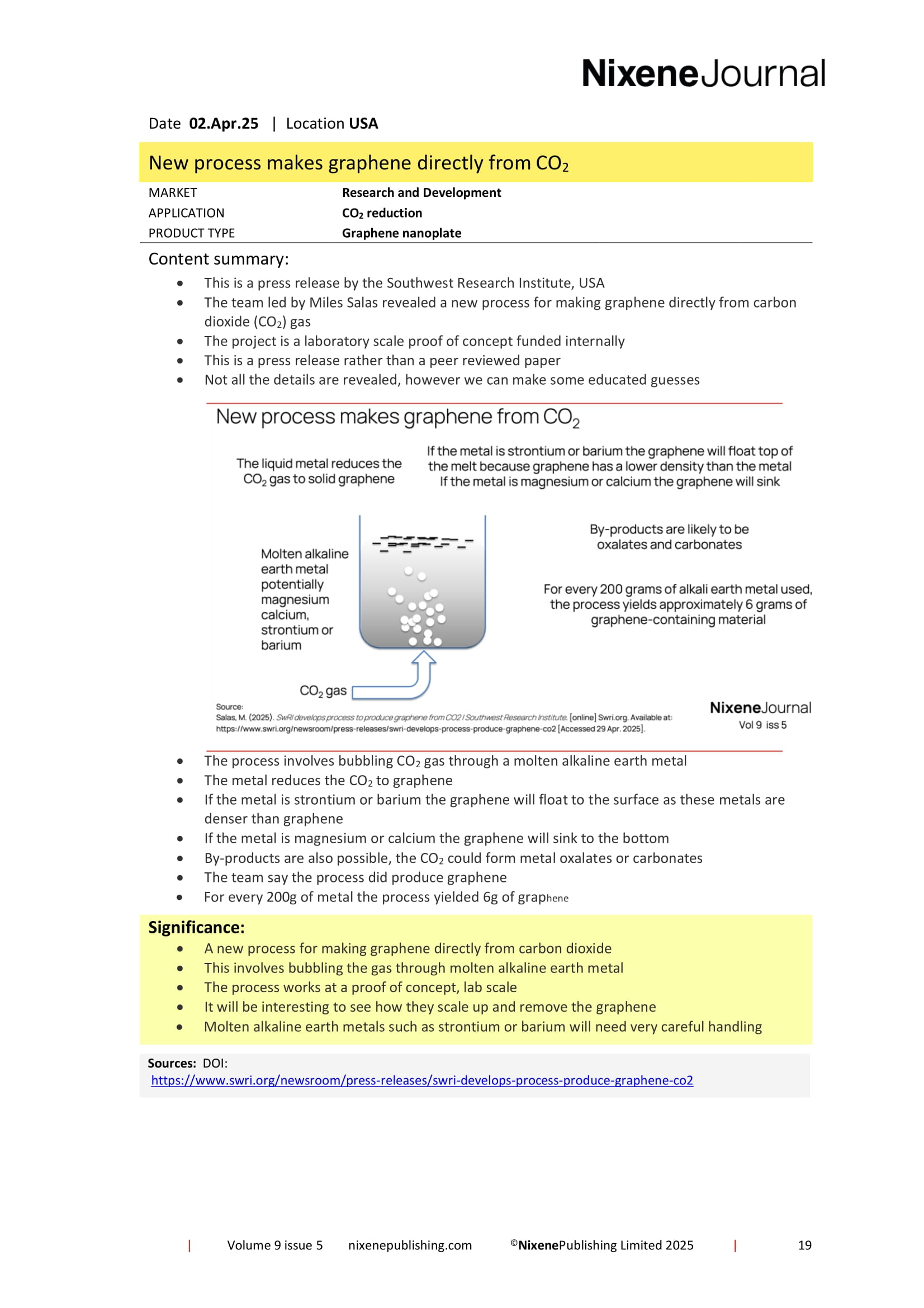Journals
This product is relevant to the following:
Material:
Other:
, ,Locations:
Markets:
Applications:
Product Types:
Technologies:
Related products
-
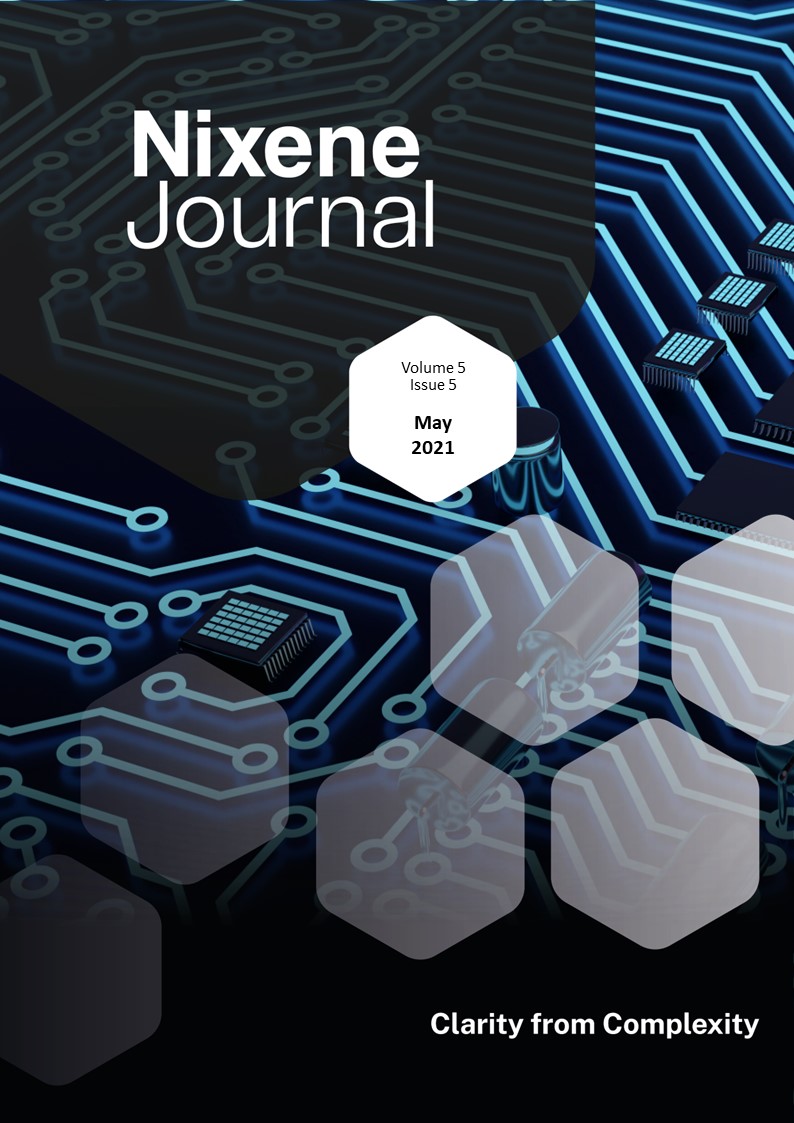
Vol 5 Issue 5
It is not every month that a new allotrope of carbon is announced. The last time this happened was back in 2019 when researchers in the UK and Switzerland made a ring of 18 atoms called cyclocarbon (Vol3 iss9 p.12). This month a joint team in Germany and Finland have made a flat sheet of carbon atoms with 4 6 and 8 rings. They call this new material a biphenylene network (BPN). This new material seems to be exciting the researchers because it exhibits metallic character. It also opens the door to explore other potential allotropes of carbon. Graphene-metal composites also make another appearance this month. Two Indian organisations have been working on aluminium-graphene composites (Al-G). Tirupati graphite says it has made an Al-G composite that has 95% the electrical conductivity of copper with the light weight of aluminium (although no has been presented yet). The Maharaja Agrasen University has published a peer reviewed paper showing that 1% graphene powder produced a 67% increase in the ultimate strength of the aluminium composite. A joint team in the Netherlands and Germany has made a Pirani pressure sensor from multilayer CVD graphene. It is not only 100 times smaller than the state-of-the-art sensors; it consumes a fraction of the power and is so sensitive it can detect different gas molecules. Aerospace and automotive applications abound. A new car company, Viritech, has announced it is building an electric supercar with a range of 800km and a top speed in excess of 300km/hr. The company has rejected batteries in favour of a hydrogen fuel cell to generate the electricity. The hydrogen storage tank is made from graphene enhanced carbon fibre and is an integral part of the chassis. Production is due to start in 2023. Graphene enhanced concrete made the headlines this month. British construction company Nationwide Engineering and the University of Manchester’s Graphene Engineering Innovation Centre (GEIC) have created graphene enhanced concrete for the whole floor of a new building in Amesbury, UK. As well as being a practical success in CO2 reduction the use of graphene has reduced the quantity of materials involved by 30% and potentially cut the costs between 10 and 20%. This will catch on. Adrian Nixon, 1st June 2021£45.00 View product -
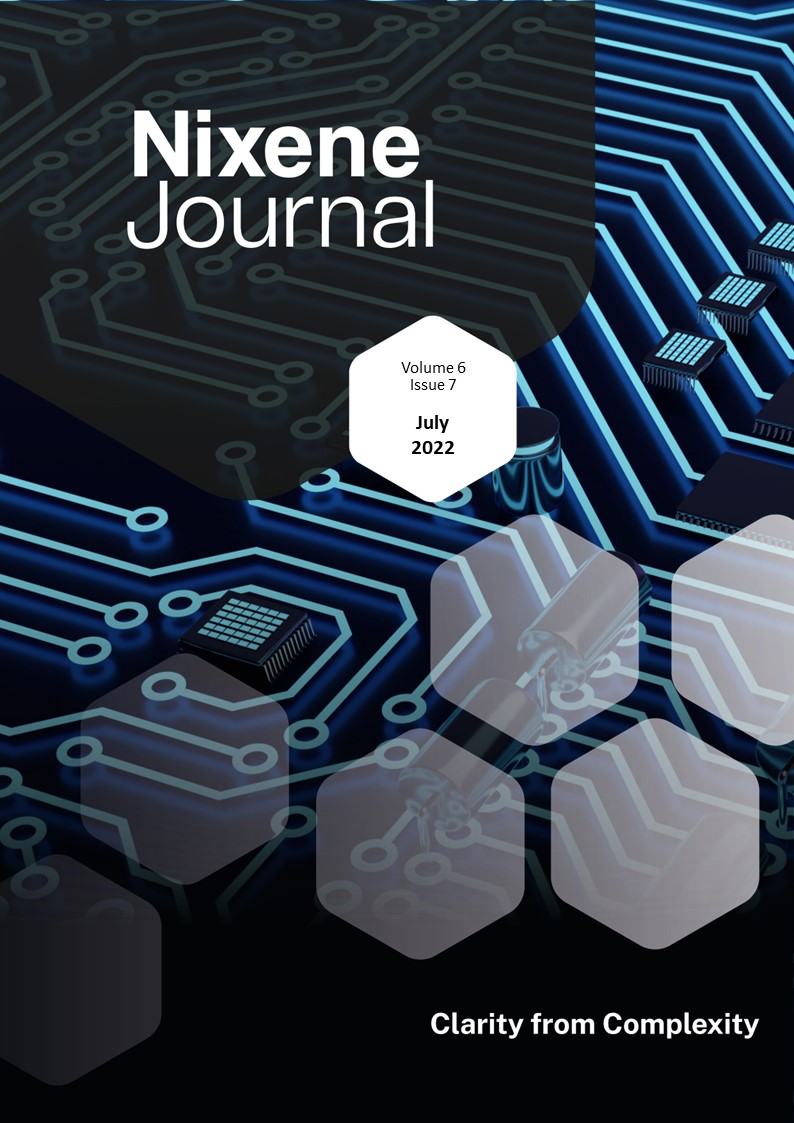
Vol 6 Issue 7
Evidence is mounting in support of the low toxicity of graphene. The Swiss federal research laboratories have added to the body of evidence this month (p.16). They explored the effects of dusts generated by graphene enhanced polymers when they are abraded and found no toxic effects and minor respiratory inflammation. This means the dusts created during the recycling process of graphene enhanced polymer composites (in this case, nylon PA6) represent a low health hazard. As a regular reader, you will know that graphene is being trialled as an additive to enhance the life of asphalt roads. In the UK Kent County Council and the University of Nottingham have just released data from the field trials on roads in the county (p.33). They found that graphene: • Extends the surface lifetime by approximately 2.5 times to last up to 25 years • Over 65-year asset life, a carbon saving of 23kg CO2/m2 of road surface • Created a 32% reduction in cost over the lifetime of the asset Graphene applications supported by data get more of our attention. GMG has commissioned its graphene enhanced battery plant in Australia. These batteries have a lower energy density than lithium ion and nickel metal batteries. This might not sound important, but aluminium and graphene are common materials that can be made with low environmental impact when compared with lithium, cobalt & nickel. A new electric vehicle has been launched this month. UK hypercar manufacturer has presented its Apricale hydrogen fuel cell electric vehicle (HFCEV). The car has a top speed of over 300km/hr and a range over 500km. Graphene enhanced polymer composites are used to make the hydrogen fuel tank. The car does need batteries but because these are for supporting power it needs much less than a normal EV. This raises an interesting possibility, could lower energy density battery technology such as aluminium ion be used in conjunction with fuel cell technology to make better, sustainable electric vehicles? All these developments use graphene powders. Meanwhile large area sheet CVD graphene makes steady progress. A team at the University of Texas has made a ‘graphene tattoo’ sensor that can be applied to the skin to continuously monitor blood pressure. Using graphene means there is no inflammatory response from the wearer, and the sensor provides the highest sensitivity rating. Continuing the CVD theme, we interview the CEO of one of the leading graphene manufacturing companies, Jeff Draa provides insight into how he makes his CVD graphene and how they monitored customers to help them focus on the applications most likely to drive commercial success. You can find out about all this and more in this fascinating issue, dear reader please read on… Adrian Nixon 1st July 2022£45.00 View product -
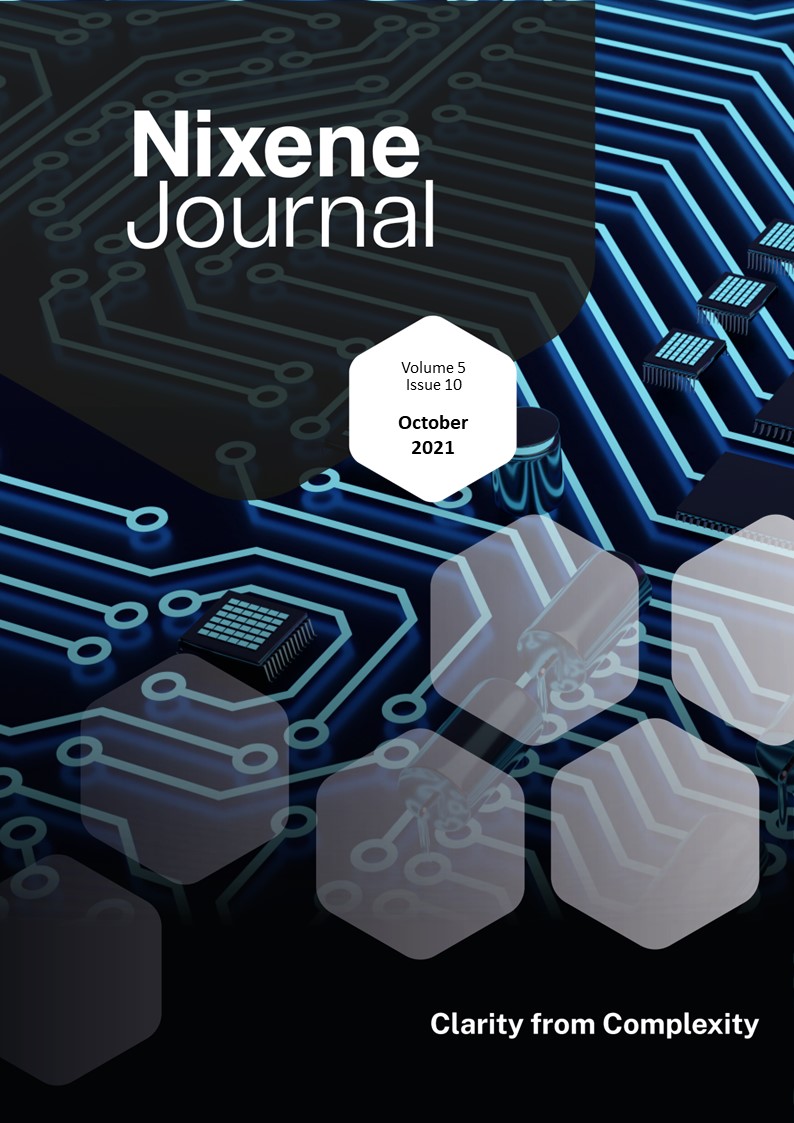
Vol 5 Issue 10
This month, five years ago, we created the first issue of this journal. Since then, we have created a fresh issue every month. Each has unique content. The pace of change in the world of graphene and 2D materials has not let up, if anything the pace is accelerating. This month, graphene nanoplate powders have been used in more commercial applications. Graphene enhanced concrete continues to make the news. Nationwide Engineering and the GEIC have been busy. The foundations for a significant residential development in the UK have been laid with Concretene. A parking bay next to the GEIC building in Manchester UK has also been laid and is the first external structure laid with graphene enhanced concrete and no reinforcing material. Clear story headlines are emerging about graphene enhanced concrete; Concretene • 30% reduction in CO2 emissions • 20% reduction in overall costs Graphene powders have been used to make heat spreaders for electronics. A high-end gaming smart phone and fast access SSD device has appeared on the market this month. Normal heat spreaders are too big for compact device designs, and this is where graphene has a unique advantage because it can create thin and thermally conducting components. Still with graphene nanoplate, a team in Australia has made a pressure sensor for shoe soles. The graphene creates an electrical signal from the pressure created by the wearer. This transmits a signal to a cloud-based AI that analyses the patterns in the data and can warn of conditions such as dementia and diabetes. This being our 5th Anniversary edition we have two special features on CVD graphene. The first examines the state of the art of CVD graphene manufacturing and explores the production cost trend. And finally, we have another special feature (p.9). We normally analyse research papers and condense them down to one page. This time we have created an academic quality paper that shows where CVD graphene manufacturing could be headed. We make the case for multi-layer large-area single crystal graphene. Current thinking is that this material is just graphite. We propose that this material is something entirely new and could even be the foundation for a whole new industrial revolution. Adrian Nixon, 1st October 2021£45.00 View product -
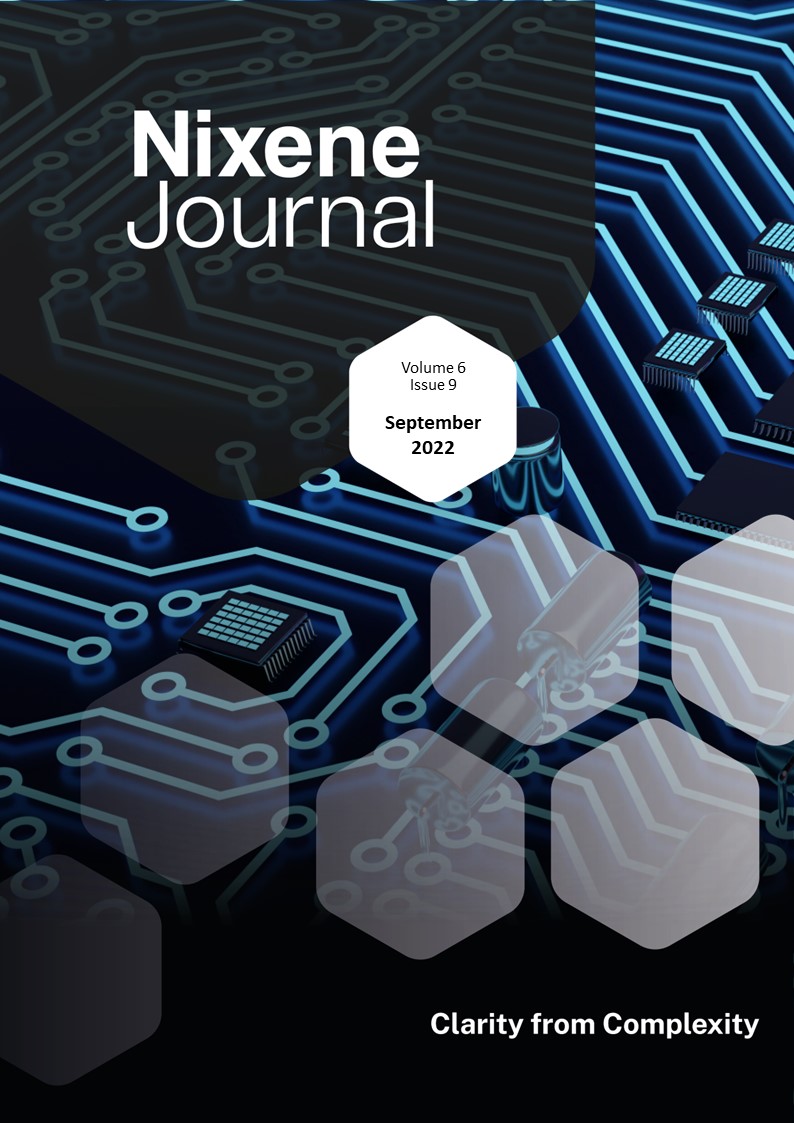
Vol 6 Issue 9
Andre Geim’s work appears twice in this issue. He has been working with researchers in China and developed a straightforward method of recovering metallic gold from e-waste. This starts with an e-waste liquid stream where the precious metals have been dissolved in acid. Reduced graphene oxide powder (rGO) is mixed with this waste stream. rGO is composed of nanoplates with oxygen containing groups around the edges and a graphene surface in the middle. The groups round the edge help the nanoplate mix with the water in the waste and the graphene surface attracts and reduces the gold ions in solution to solid gold metal. It is surprisingly straightforward. The process is also extremely efficient, recovering nearly 100% of the gold even when vanishingly small amounts of gold is present. Andre was also interviewed by Forbes magazine this month. He was asked how he manages to be so innovative when others are less so. He replied that having a wide range of interests was a key part of his success: “Too many people move from scientific cradle to scientific coffin without deviation” …and went on to say: “You have to enrich yourself, to improve your chances to find something new and interesting that other people didn't find before” Not only a recipe for success in science but a good philosophy for making our own luck for the rest of us too. Elsewhere in this issue, articles cover topics such as the renewed investor interest in graphene companies. Over £11million has been invested in graphene companies this month. Researchers have turned graphene into diamond, and others have been discovering more about the electrical properties of twisted layer graphene. In Malaysia, the traditional industry of natural rubber harvesting is exploring creating high altitude balloons made with graphene enhanced rubber to launch satellites into low earth orbit. Quite a leap forward. Read on and enrich yourselves… Adrian Nixon 1st September 2022£45.00 View product

